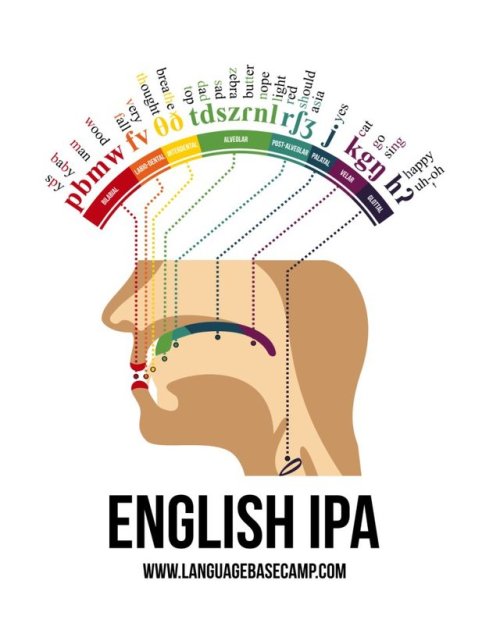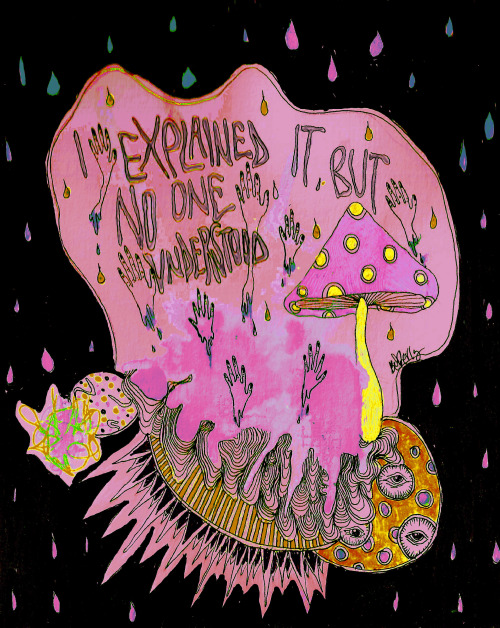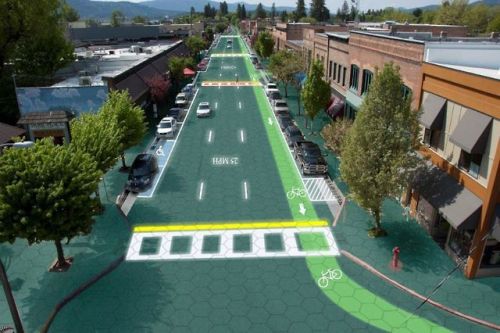“Desert Eclipse” https://society6.com/product/desert-eclipse-a5s_print#1=45

“Desert Eclipse” https://society6.com/product/desert-eclipse-a5s_print#1=45
More Posts from Rordes and Others

The International Phonetic Alphabet consonants found in English, with keywords and relevant parts of the mouth highlighted and colour-coded. (Source.)

my favorite thing about england is that the word pulp doesnt exist







ENDLESS ELECTRICITY: Here’s A Way Of Turning America’s Roads Into Gigantic Solar Panels
There are about 31,251 square miles of roads, parking lots, driveways, playgrounds, bike paths, and sidewalks in the lower 48 states. If Julie and Scott Brusaw have their way, they will all someday be replaced with solar panels.
For the better part of a decade, the Idaho couple has been working on prototyping an industrial-strength panel that could withstand the weight of even the largest trucks. They now appear to have cracked the formula, developing a specially textured glass coating for the panels that can not only bear tremendous loads but also support standard tire traction.
By their reckoning, at peak installation their panelized roads could produce more than three times the electricity consumed in the U.S.
The material could power electric vehicles through a receiver plate mounted beneath the vehicle and a transmitter plate is installed in the road.




The solar eclipse that occurred in Chile on July 2, 2019 photographed by Dan Marker-Moore. Great job!
Via Colossal






“His blood is bad. He needs to be leeched. The leeches suck away the bad blood, all the rage and pain. No man can think so full of anger. Ramsay, though … his tainted blood would poison even leeches, I fear.”
On the classification of hidden variable models

Since I already posted several entries about Bohmian Mechanics, it's time to have a look on the classification of hidden variable theories in general. Though in the following we adopt the dogma of the wave function being a representative of physical reality (which can be denied of course), I hope you will get a more differentiated impression of possible approaches to quantum theory. The classification presented was developed by Nicholas Harrigan and Robert Spekkens [1]. Here we will reduce ourselfes to a simplified and non-mathematical overview.
What are the models of interest?
The categorization concerns ontological models. This means we assume that there is an ontic state of the physical system, denoted by λ, which describes the physical properties of the system (remember, this is a huge assumption that can be neglected completely in other approaches of quantum theory.) Then, a measurement reveals something about the ontic state (remember, the measurement does not create new facts in this view) which existed prior to the measurement. Our task is to find out how the ontic state λ is related to the wave function ψ in a given model. It's important to remark that any ontological model needs to reproduce the empirical results of textbook quantum theory - the Born rule. p=|ψ|^2
ψ-complete, ψ-supplemented and ψ-epistemic
The first class, the ψ-complete models are the most straightforward: Here we have a one-to-one-relation between the ontic state λ and the wave function ψ. A complete description of reality is provided by the wave function - that's it. Figure A shows the one dimensional ontic state space represented by ψ . A line which is basically the same as λ.
ψ-supplemented models have additional structure that completes the wave function. This structure can be regarded as the well-known 'hidden variable' since you cannot measure their values in an experimental setup. Figure B shows the ontic state space of such a model: The ontic state is not only provided by ψ, but also by the hidden variable ω. The ontic state space has therefore an additional dimension.
A ψ-epistemic model reduces the wave function ψ to be of epistemic character - it is not an element of the ontic state space (therefore the loop outside the one-dimensional state space denoted by λ in figure C).

Given these classes you can define two dichotomic classifications: ψ-complete v.s. ψ-incomplete and ψ-ontic v.s. ψ-epistemic. Those properties and the three classes are summarized in the following figure (Ask yourself, why there is no model that is ψ-complete and ψ-epistemic simultaneously!)

To which class does Bohmian Mechanics belong?
The ontology of Bohmian Mechanics is clear: The wave function ψ is part of the physical reality, though a complete description can only be achieved with additional variables: the positions of point particles. Therefore Bohmian mechanics falls in the class of ψ-supplemented ontological models.
Finally it's crucial to mention what all of these models have in common: their ontic character requires the acceptance of non-locality. A result which is of such fundamental character that it is not tolerated by the entirety of the physics community - therefore you can also find a lot of attempts of restoring locality in non-ontic-models. More on this will follow in the future.
---
[1] Einstein, incompleteness, and the epistemic view of quantum states - Harrigan, Spekkens
-
 sas111 reblogged this · 8 months ago
sas111 reblogged this · 8 months ago -
 ughsdfjk reblogged this · 1 year ago
ughsdfjk reblogged this · 1 year ago -
 notaicha liked this · 1 year ago
notaicha liked this · 1 year ago -
 coololdsoulpoetlove liked this · 2 years ago
coololdsoulpoetlove liked this · 2 years ago -
 sunny-flow3r reblogged this · 2 years ago
sunny-flow3r reblogged this · 2 years ago -
 cafetibio reblogged this · 2 years ago
cafetibio reblogged this · 2 years ago -
 cafetibio liked this · 2 years ago
cafetibio liked this · 2 years ago -
 unable2cop reblogged this · 3 years ago
unable2cop reblogged this · 3 years ago -
 citrusandsuns liked this · 3 years ago
citrusandsuns liked this · 3 years ago -
 iidealiziing reblogged this · 3 years ago
iidealiziing reblogged this · 3 years ago -
 iidealiziing liked this · 3 years ago
iidealiziing liked this · 3 years ago -
 aquariumm liked this · 3 years ago
aquariumm liked this · 3 years ago -
 justabboud liked this · 3 years ago
justabboud liked this · 3 years ago -
 nw-4 reblogged this · 3 years ago
nw-4 reblogged this · 3 years ago -
 enjaayy liked this · 4 years ago
enjaayy liked this · 4 years ago -
 hersoin liked this · 4 years ago
hersoin liked this · 4 years ago -
 dandeliontea reblogged this · 4 years ago
dandeliontea reblogged this · 4 years ago -
 mu-222 liked this · 4 years ago
mu-222 liked this · 4 years ago -
 young-savage-gh reblogged this · 4 years ago
young-savage-gh reblogged this · 4 years ago -
 ibader19 liked this · 4 years ago
ibader19 liked this · 4 years ago -
 lmda-7 reblogged this · 4 years ago
lmda-7 reblogged this · 4 years ago -
 lh-88 liked this · 4 years ago
lh-88 liked this · 4 years ago -
 smree reblogged this · 4 years ago
smree reblogged this · 4 years ago -
 hardtogeeeeet reblogged this · 4 years ago
hardtogeeeeet reblogged this · 4 years ago -
 alxqxy liked this · 4 years ago
alxqxy liked this · 4 years ago -
 aaa-900 liked this · 4 years ago
aaa-900 liked this · 4 years ago -
 belovedmikhail liked this · 4 years ago
belovedmikhail liked this · 4 years ago -
 gentry liked this · 4 years ago
gentry liked this · 4 years ago -
 ijnedbenji reblogged this · 4 years ago
ijnedbenji reblogged this · 4 years ago -
 supernovahov reblogged this · 4 years ago
supernovahov reblogged this · 4 years ago -
 zilliondollapussy reblogged this · 4 years ago
zilliondollapussy reblogged this · 4 years ago
